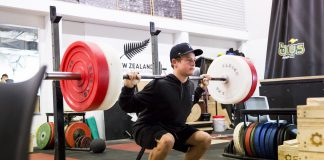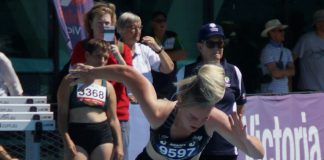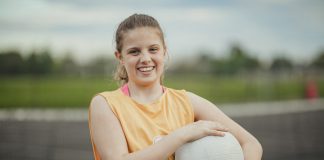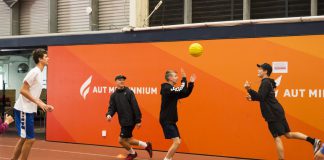Self-doubt is debilitating. Every young athlete experiences it, some much more than others.
Unfortunately, by way of environmental design, we (i.e., the adults involved) encourage it.
Let me explain.
Youth sport is not an even playing field. Athletes grow at different rates, they start to play at different ages, and the family and friend groups they grow up in vary.
But we like to focus on results – who scores the most points or who wins the race. This gives some athletes an unfair advantage – the early developer, the kid who has been playing for longer, or the youngest of five boys who has a competitive fire that his eldest brother wasn’t in a position to develop.
It makes sense, then, for the other kids to think that they’re not good enough.
When there’s a known end point, a ‘right’ way of doing things that a child believes they can’t live up to, they check out. It makes perfect sense. Why keep doing something when the odds of success are stacked against you?
But what if we flip the ledger?
What if ‘success’ is no longer measured by what we end up with? What if it’s not the amount of points scored, but the creativity in the shot that counts? What if progress is not measured against someone else? Or if size and skill level doesn’t matter? And what if there’s no pressure to be someone you’re not?
In rugby, the rules are set. The objective of the game is clear. And as a result, self-doubt is fostered. It rises from the fear of making mistakes, like dropping the ball or missing a tackle, or anything else that could compromise success. Despite their actual ability, if a young athlete perceives they’re not big enough, or skilled enough to succeed, they won’t even try.
Surfing – and other sports like it – are different. There’s way less structure. The expectation to perform in a particular way or stick to any rules is limited. Getting it wrong isn’t so obvious. Indeed, the only true criteria is to surf the wave. Wiping out is not perceived as a failure but part of learning. And there’s a freedom in doing it a little differently every time, and differently to everybody else, that motivates a young athlete to keep at it and releases them from the shackles of self-doubt.
Personal growth happens best when there’s no perceived ‘right way’ of doing it. When a young athlete is given the opportunity to tinker, to dabble, to ‘ride the wave’, and to find their own pace of getting better.





































